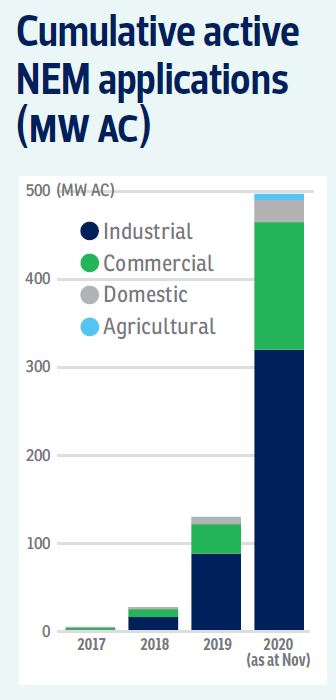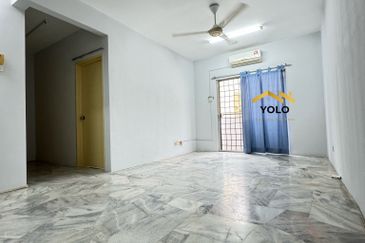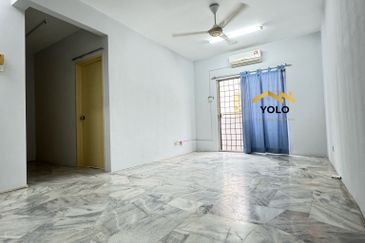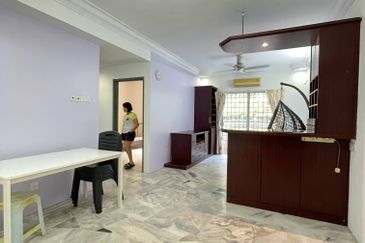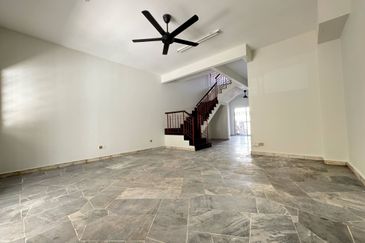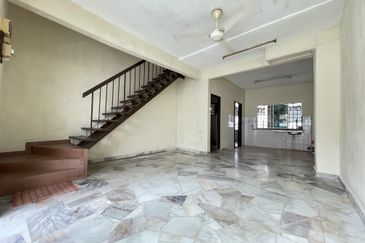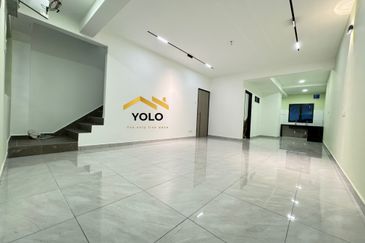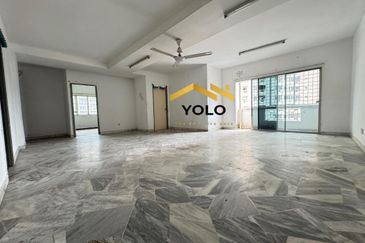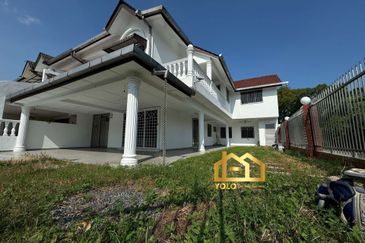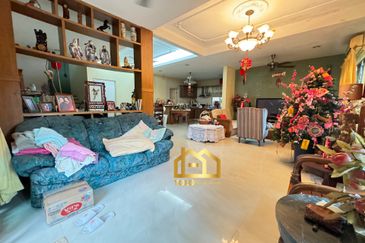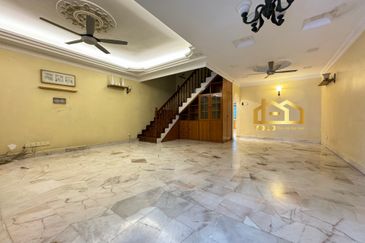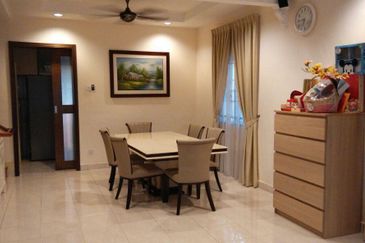
The 500MW quota up to year 2020 under the Net Energy Metering 2.0 (NEM2.0) programme has been fully taken up as at end-November, one month before its scheduled end date of Dec 31, 2020.
The programme’s success is a testimony to Malaysia’s efforts in driving renewable energy initiatives under its commitment on environment conservation.
NEM2.0 is the second generation of the NEM programme, a solar PV initiative executed by the Sustainable Energy Development Authority (SEDA) Malaysia under the Ministry of Energy and Natural Resources (KeTSA) with the aim to promote renewable energy.
All registered Tenaga Nasional Bhd customers in Peninsular Malaysia in the residential, commercial, industrial and agricultural sectors can take part in the programme.
NEM2.0 was introduced on Jan 1, 2019 and has a ‘one-on-one’ offset mechanism that allows every kilowatt (kWh) exported to the grid to offset against each kWh consumed from the grid, which means every kWh generated will get a return and hence translating to higher potential earnings to the users.
“The ‘one-on-one’ mechanism has drawn a lot of interest to the scheme, as you can see the number of users spiked since 2019,” said SEDA CEO Dr Sanjayan Velautham (pictured).
According to SEDA data, capacity approved NEM applications grew tremendously from 27.80MW in 2018 to 103.22MW in 2019 and 295.85MW in 2020 (as at September) (see chart).
While NEM2.0 is approaching an end, the NEM programme will carry on. It is currently unclear whether the new NEM programme will operate under similar or a different business model.
Moving forward, Sanjayan wishes to push for more NEM participation among residential users and developers. “We have seen some interest from developers to install solar panels on their new projects, but there has been no adoption seen,” he said.
Benefits of going green
By joining NEM, industrial and commercial users are eligible for the green investment tax allowance (GITA) for purchasing green technology equipment and assets, as well as the green income tax exemption (GITE) for providing green technology services.
Furthermore, companies could also make use of the Green Technology Financing Scheme 3.0 (GTFS3.0) to get financing guarantees and interest rebates on their green initiatives. In Budget 2021, a total of RM2 billion have been allocated for the scheme until 2022.
The financing will be guaranteed by Danajamin to facilitate the issuance of Sustainable and Responsible Investment (SRI) sukuk.
Presently, the percentage of commercial and industrial take ups in NEM is significantly higher than that of residential, due to the support given. Nevertheless, residential users can expect savings in electricity bills in the long run.
In addition to generating power for own use during the day, the excess electricity could also be sold to the grid to offset electricity use during night time, both combined to lower the electricity bill.
“For an ordinary household, breakeven can be achieved in about six years, while the lifespan of the PV solar system can go up to 25 years,” Sanjayan said.
To get an idea of how much savings on electricity bills can be realised, a NEM calculator is available on SEDA’s website.
Sanjayan added that installing solar panels is a way to hedge potential increase in electricity tariff in the future. “As time goes by, electricity bills seldom come down,” he said.
“Apart from economic benefits, NEM is the best chance for a normal person to get involved directly in generating green energy and be a part of a green initiative that is vital to protect our environment,” he added.
Continuous effort to promote NEM
Along the way to promote NEM, SEDA has identified the two biggest hurdles that drive residential users away from the programme — high upfront cost and complexity to install the solar panels. The agency has put several measures in place to address the issues:
1. Upfront cost
Depending on the model of the solar panels, each kWp of Solar PV system would cost about RM4,000 to RM6,000. For a normal household with an installed capacity of 4kWp to 8kWp, the upfront cost could reach about RM32,000.
“We have been talking to banks. They are quite aware of the NEM programme and are interested in putting up financing to help people on their upfront costs,” Sanjayan said.
Apart from financing from banks, there are also a number of local and foreign companies listed under SEDA as registered PV investors (RPVIs) for the NEM programme who are ready to provide assistance instalment plans on the upfront payment through a leasing mechanism.
Through signing a leasing agreement or power purchase agreement (PPA) with the RPVIs, users could avoid forking out the full cost at once.
The list of RPVIs is available here.
2. Complexity to install
There is also a list with 157 (as of 9 December 2020) registered PV service providers (RPVSPs) on SEDA’s website.
The RPVSP will offer services including consultancy, design, supply, installation, as well as testing and commissioning for a complete solar PV system. “Getting solar panels installed is not complicated at all, as the RPVSPs are essentially one-stop service providers for solar panel installation.
You could select from a few RPVSPs that are located near your home and get quotations.
“The RPVSP can do everything for you, from submitting applications to installing solar panels. They would also make sure that a new electricity meter is installed in your house,” Sanjayan explained.
On the other hand, Sanjayan pointed out that some potential users are taking a “wait and see” attitude in anticipation that solar panel prices would drop further.
“Solar panel price has declined by 60% to 70% in the past 10 years. It is understandable that people are hoping to get better returns from their solar investment with lower cost, but I believe that in the next one or two years, price drop would be marginal, if any,” he said.
Closer towards green goals
Due to the Covid-19 pandemic, many activities have been paused.
While the economy has been badly hurt, the environment has seen some recoveries.
“This reminds us how much harm human activities have done to the environment. Nevertheless, economic activities cannot be stopped, hence we need to think of ways to protect our environment at the same time,” he said,
He pointed out that the renewable energy sector is not only better for the environment, it also creates more jobs than the conventional energy sector such as fossil fuel.
“This is because the renewable energy generation units generally have smaller capacities, hence the amount of work needed for installation at multiple sites is much more than that is needed to set up a large plant,” he explained.
At the 2015 Paris Climate Conference and Conference of Parties (COP) 21, Malaysia made a commitment to reduce greenhouse gas emissions per unit of GDP by 45% from the level in 2005, by 2030.
The country is also in the process of revising the national renewable energy target to follow the aspiration made through the commitment. “Under our definition of renewable energy to include large hydro, as of 2019, our renewable energy share is at 23% with installed capacity of 8,170MW,” said Sanjayan.
He pointed out that progress is picking up. “In 10 years, Malaysia’s installed capacity of renewable energy increased from less than 100MW to about 2000MW today,” he furthered.
To realise the targets, SEDA is also running other programmes along with NEM, including Feed-in Tariff (FIT) for other renewable energy resources such as Biogas, Biomass and Small Hydro. Under these two programs, a total of 751.21MW has been installed as of November 2020. Sanjayan also revealed that up until the closing of application in September 2020, a total capacity of 1,000MW will be awarded under the Large Scale Solar (LSS) programme in 2020, bringing the total awarded capacity in three years to 2,716MW.
“By continuing this trajectory and with the success of NEM2.0, I’m confident that we could reach the 2025 target,” he enthused.
TOP PICKS BY EDGEPROP
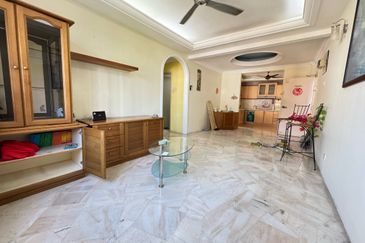
Sri Pinang, Bandar Puteri Puchong
Puchong, Selangor
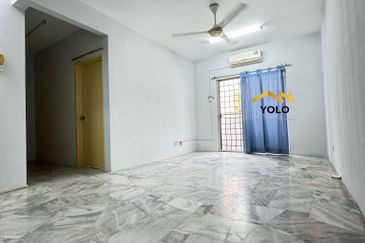
Pusat Bandar Puchong
Bandar Puteri Puchong, Selangor
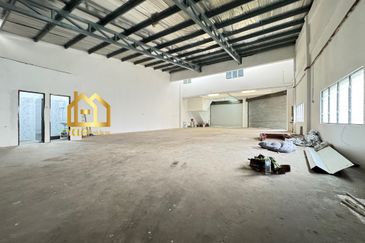
Subang Hi-tech Industrial Park
Subang Jaya, Selangor

Taman Wawasan, Pusat Bandar Puchong
Puchong, Selangor
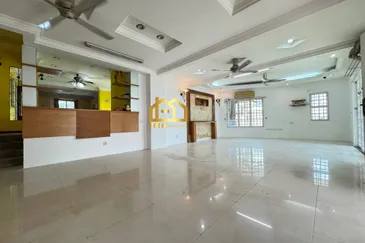
Taman Wawasan, Pusat Bandar Puchong
Puchong, Selangor
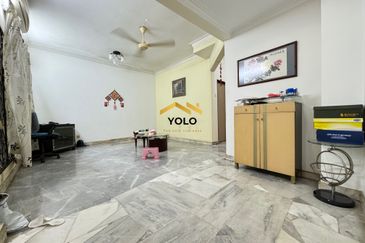
Taman Wawasan, Pusat Bandar Puchong
Puchong, Selangor

Taman Wawasan, Pusat Bandar Puchong
Puchong, Selangor
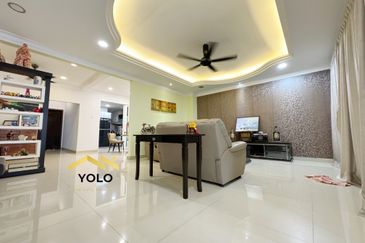
Taman Wawasan, Pusat Bandar Puchong
Puchong, Selangor


